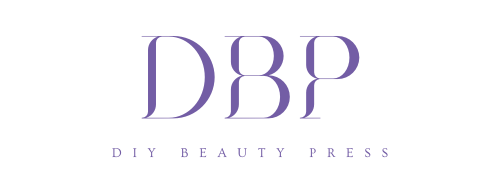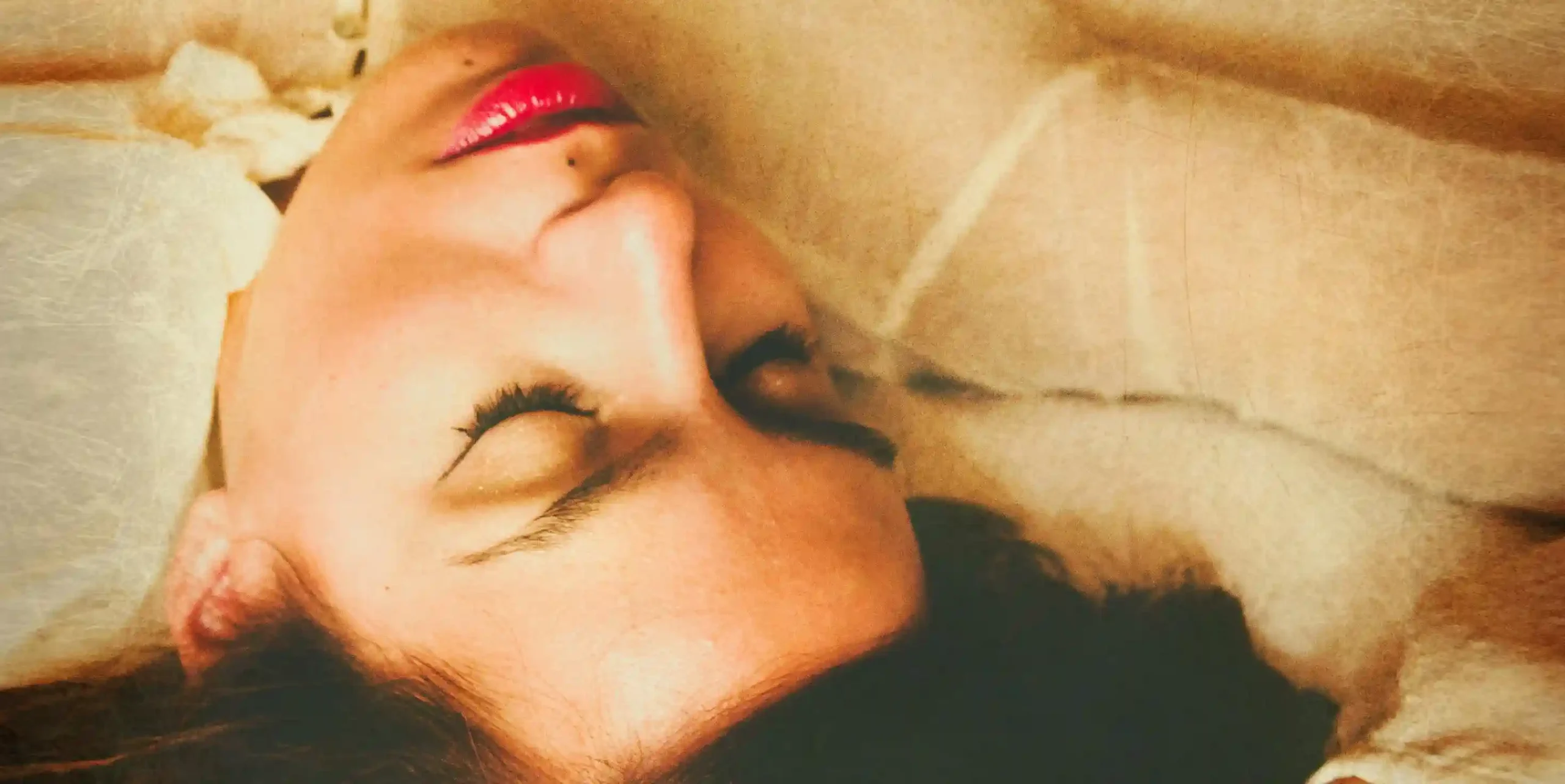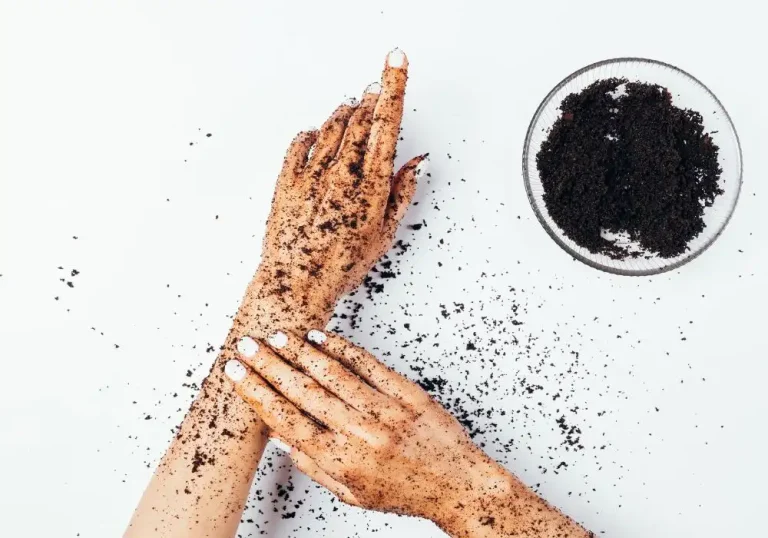Latisse Can Ruin Your Eyelids. Here’s the Ultimate Fluffy Brows 101.
Are you worried about your sparse brows? Though it’s normal for them to thin with age, some skin conditions, like atopic dermatitis and specific types of keratosis pilaris, can also cause skinny eyebrows.
So, before attempting those internet-given remedies, ask yourself: Did my eyebrow thinning happen suddenly? If the answer is YES, it’s crucial to consult a doctor first. Otherwise, you might worsen the eyebrow hair loss.
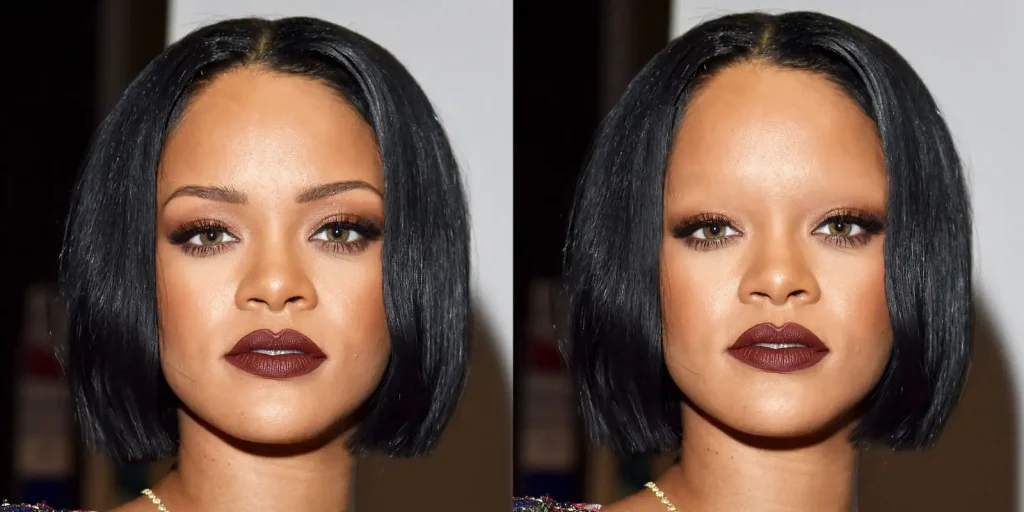
The usually missed yet one of the most distinctive features of our appearance
Eyebrows grow in a 3 to 4-month cycle.
Shaved eyebrows do grow back. This was confirmed in a study published back in 19991. However, you can’t expect magic when it comes to hair growth. Especially eyebrows—they grow slower and have a shorter growth phase compared to scalp hair.
Brow hair follows a three-phase growth cycle:
- Anagen: This is when the follicle is actively creating new hair cells. The phase spans 30 to 45 days, with eyebrows typically growing about 0.14mm to 0.16mm per day.
- Catagen: This phase, lasting around 2-3 weeks, marks the follicle’s transition after active growth. Here, the follicle shrinks, and hair growth ends.
- Telogen: This is the resting phase of the hair growth cycle, lasting about 100 days. During this time, the follicle is inactive, and the hair eventually falls out so as to make room for new ones.
Missing key nutrients can cause your brows to fall out.
Your nutrition, especially what you eat, plays a big role in how your hair follicles grow and renew cells.
If you’re often dieting or have lost a lot of weight quickly, it can mess with your hair growth cycle, affecting both your scalp and eyebrows. When we don’t eat well, don’t take care of ourselves, or are under a lot of stress, our body won’t prioritize growing hair. This means more hair follicles go into the resting phase, leading to noticeable hair loss.
Foods like sweet potatoes, avocados, eggs, berries, spinach, fatty fish, oysters, and meat are great for hair health. They’re packed with nutrients like vitamins B12 and D, biotin, riboflavin, and iron, which help promote hair growth. While no single food is the best for hair, these options provide the necessary vitamins and minerals to support hair growth.
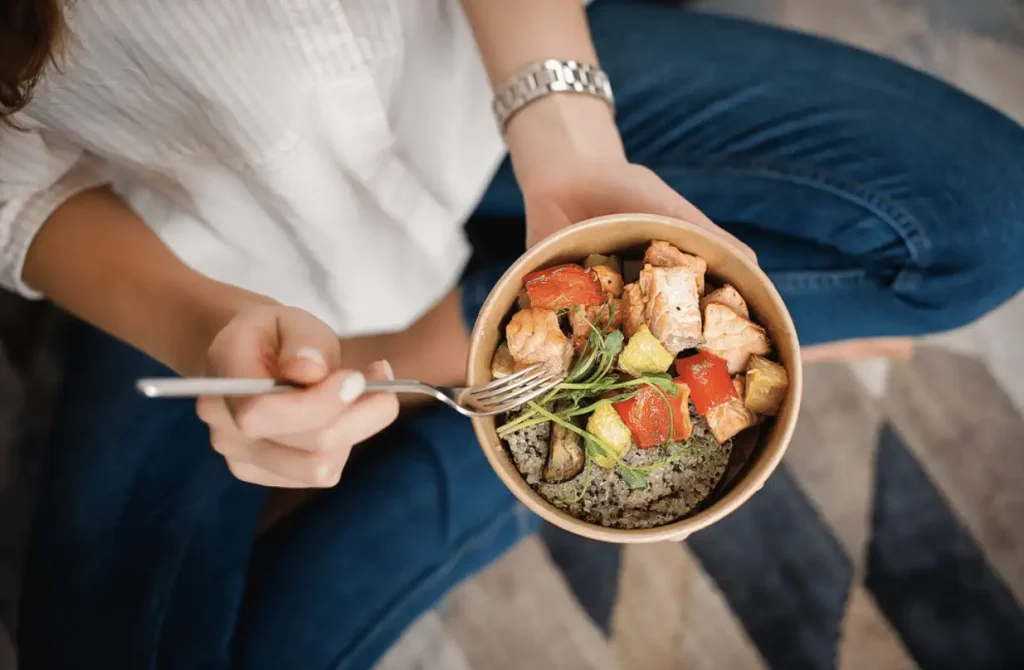
Another reason for sparse brows: Hormone issues.
Aside from skin inflammation (like eczema and seborrheic dermatitis) and diseases, hormonal imbalances (such as those during pregnancy or after childbirth) can also lead to eyebrow hair loss. Stress and anxiety might also be major factors in sudden hair loss. Stress or traumatic events are thought to be a primary cause of telogen effluvium, which usually appears as hair loss on the scalp but can also affect the eyebrows.
Anyway, be sure to take care of yourself. Get enough sleep, keep others’ expectations in check, and set boundaries so you don’t get swamped with too many commitments. This helps avoid emotional exhaustion, stress, and burnout.
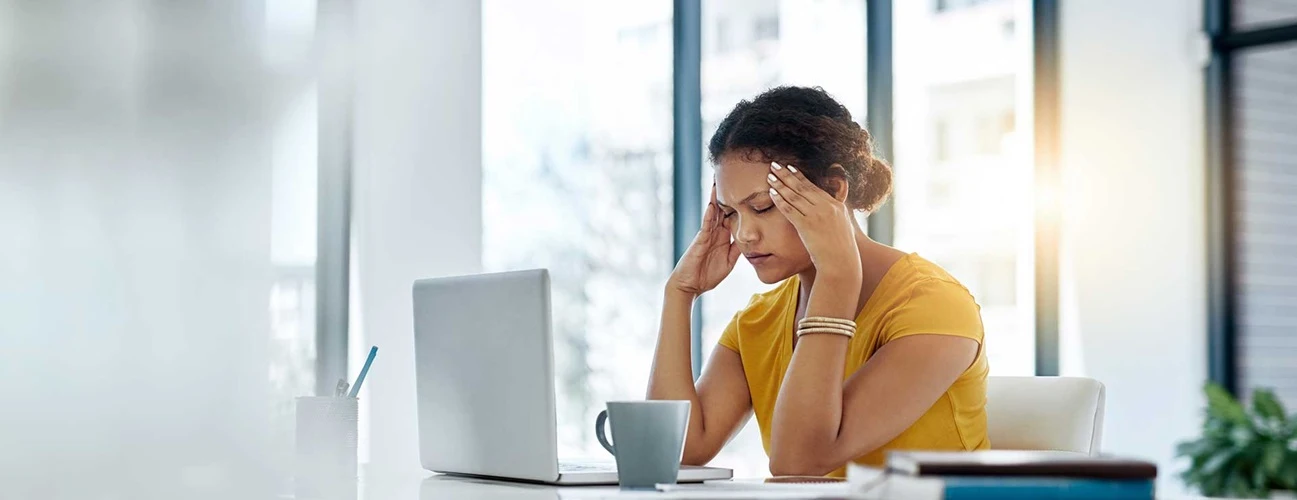
Brow products can also make your eyebrows shed.
Please carefully check the cosmetics you’re using on your brows, as you might be allergic to something you’re applying in that area. This allergic reaction can cause not only a rash but also hair breakage and thinning of the brows.
If you’re unsure which ingredient might be the culprit, simply stop using the suspected product for a few days. If the irritation stops, you know what’s causing it.
Sleeping with makeup on is quite harmful to your eyebrows as well. Just like other areas of your body, the skin and hair follicles in your brow will renew themselves at night, expelling toxins and dead skin cells. Makeup products can hinder this process by clogging pores and preventing the skin and follicles from breathing. Styling products like brow gel keep your brows in place, making them stiff. So, the friction from your pillow can actually pull out your brow hairs.
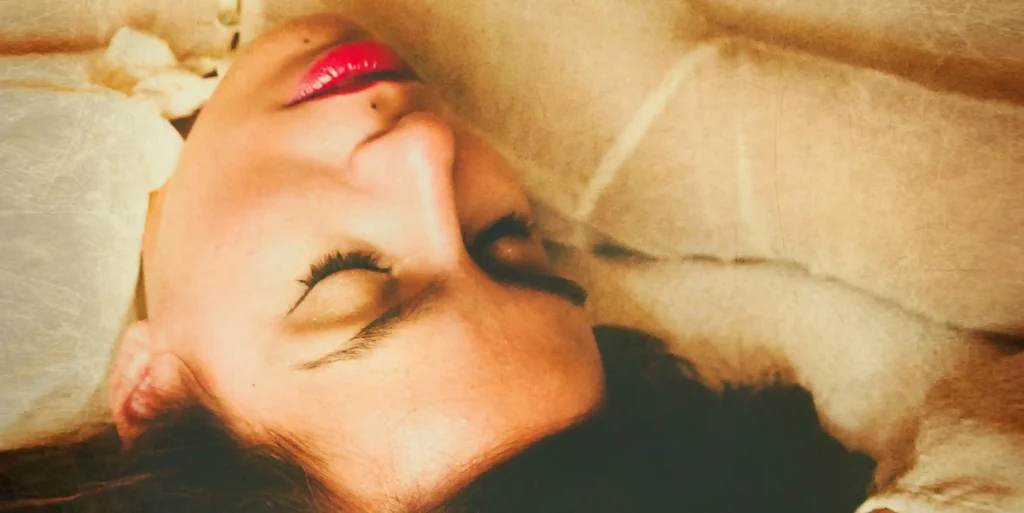
How can I make my eyebrows thicker and fuller?
Castor oil has a lot of fans. Its anti-inflammatory properties can reduce redness, swelling, and itching of the skin. If you’ve ever used it, you know how thick and sticky it is. It’s super hydrating and moisturizing. When you apply it to your brows, it coats each hair perfectly. The way it reflects light makes your brows look fuller.
Some swear that their eyebrows get bushier after using castor oil regularly.
But…is this true? According to a board-certified dermatologist, research indicates castor oil may improve hair luster2, but there’s no scientific studies showing that it can spark new hair growth.
The good news is that there’s evidence suggesting the main compound in castor oil, ricinoleic acid, might help with hair loss.
So, it looks like castor oil could be very helpful for repairing damaged eyebrows. Its hydrating effects can help reduce breakage. As this lady shared, “I have castor oil on my eyebrows and eyelashes right now! I’ve been using it for a few weeks, and I’ve noticed my eyebrow hairs are getting longer. My eyelashes are already fairly thick, so I haven’t seen much change there, but it’s great for keeping them soft and preventing breakage when I curl them.”
Yep, keep your expectations in check: if your eyebrows were naturally sparse, you shouldn’t expect castor oil to magically make them dense overnight.
Also, just be aware that you could develop an allergy to castor oil. Allergies to products applied to your brows might actually make your brow loss worse.
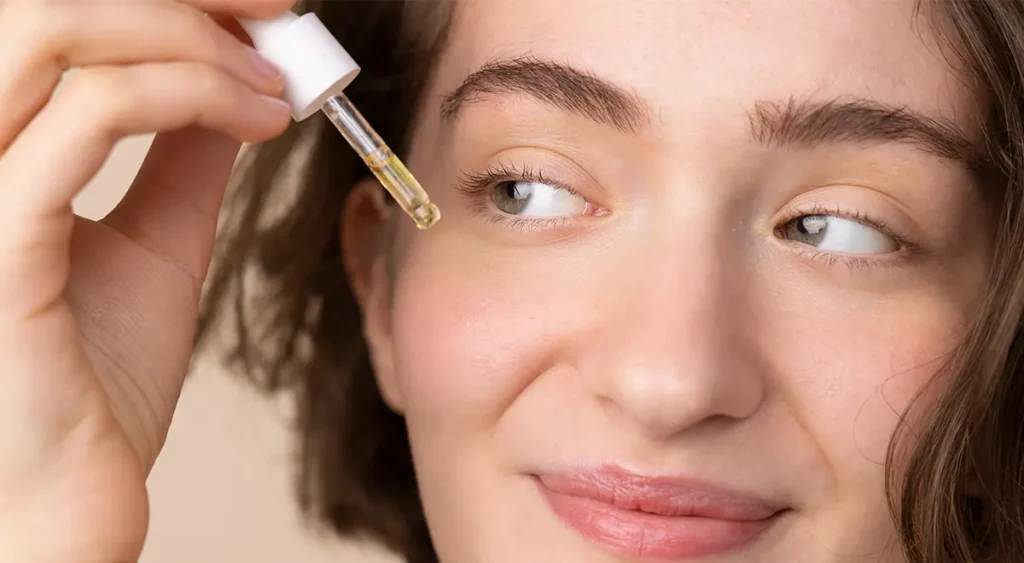
Do eyebrow growth serums work?
The quick answer is yes. The products proven to enhance eyebrow growth typically feature ingredients called prostaglandin analogs. In prescription Latisse, there’s bimatoprost, and GrandeLASH has isopropyl cloprostenate—both are synthetic prostaglandins.
Prostaglandins are believed to extend the anagen stage of hair growth where hair actively grows, due to the discovery that glaucoma medications had the side effect of dramatic lash growth. So theoretically, these over-the-counter brow serums can make your brow hairs longer and thicker.
Sounds pretty good, huh?
However, if you were aware beforehand of the risk of losing fat around the eyes…
Would you still use it? An Oculoplastic Surgeon noted, “If you study the Latisse website models, 2/3 of them in the 4-month before-and-after pictures show loss of upper eyelid volume.”
He further explained that while some claim these changes are reversible, it’s not clear if that’s actually the case. What’s even sadder is that cosmetic companies can bypass a doctor’s prescription and directly offer stuff claiming to make your brows/lashes more appealing, without monitoring users or emphasizing potential side effects.
This has led many women to consider changes like droopy eyes or darkened eyelids as “normal” signs of aging, never suspecting that it’s the products promising full, glorious lashes that accelerate their aging process.
If you’re unsure if your serum contains PGAs, check the ingredients below. These are synthetic versions of prostaglandins, meaning they have similar hormone-like effects that you def want to avoid:
- Bimatoprost
- Isopropyl cloprostenate
- Methylamido dihydro noralaprostal (MDN)
- Isopropanol Phenyl-hydroxyl-pentene Dihydroxy-cyclopentyl-heptenate
- Dechloro Dihydroxy Difluoro Ethylcloprostenolamide
- Trifluoromethyl Dechloro Ethylprostenolamide
- Ethylcloprostenolomide
- d 17-Pheyl Trinor Prostaglandin E Serinol Amide
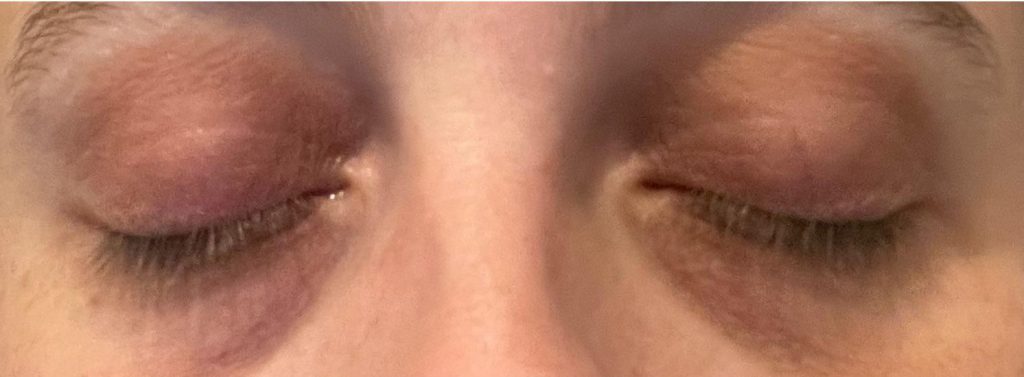
Then there are peptide-driven brow serums.
Of course, there are eyebrow serums available that do not contain PGAs (prostaglandin analogs), and cosmetic companies use stuff like peptides as a gimmick to entice customers. Marketers might claim that these small chains of amino acids encourage hair growth by increasing follicular blood circulation.
According to research, peptides do trigger the body to produce growth hormone, but this usually requires injection or oral ingestion3. There’s no scientific proof indicating that applying them directly to the skin will result in the desired hair growth.
Surely, if an eyebrow serum containing peptides seems useful to you, then it’s the holy grail for you. Although it’s unclear whether it triggers new hair growth, if your aim is to keep your brows hydrated and healthy and prevent hair loss, it can be an awesome go-to.
What about Minoxidil? You may wonder.
Typically marketed as Rogaine, Minoxidil is commonly used to treat male-pattern baldness. It functions by shortening the resting phase (telogen) and triggering the growth phase (anagen) of the hair cycle4.
Can you use it for brows? Well, yes.
However, there are a few things to keep in mind. To kickstart your brows into growing naturally, it pushes out hairs that are ready to fall out, so you might experience an INCREASE in shedding. Compared to your scalp, the follicles in your eyebrow area have a higher proportion in the shedding phase, so it can be more noticeable at first. This isn’t actual hair loss. With continued use, it can encourage hair to enter the growth phase.
Minoxidil can irritate the skin. Studies comparing minoxidil and bimatoprost for eyebrow growth suggest that bimatoprost (Latisse) has fewer side effects. Another downside is that it might cause hair to sprout between your brows—a unibrow.
Hence, it’s better to opt for 2% minoxidil for eyebrows.
5% is more suitable for the scalp. Research on 2% minoxidil specifically for sparse eyebrows has shown it’s effective and less likely to cause unwanted hair growth. Plus, it’s less irritating.
According to a 2023 study5, using 2% minoxidil lotion on eyebrows for 16 weeks led to notable enhancements in fullness, thickness, and hair count. The study observed minimal adverse effects.
The Japanese Dermatological Association conducted a study6 in 2013 showing that 2% minoxidil lotion outperformed a placebo for treating eyebrow hypotrichosis. The research also revealed minor side effects that did not hinder participants from completing the study.
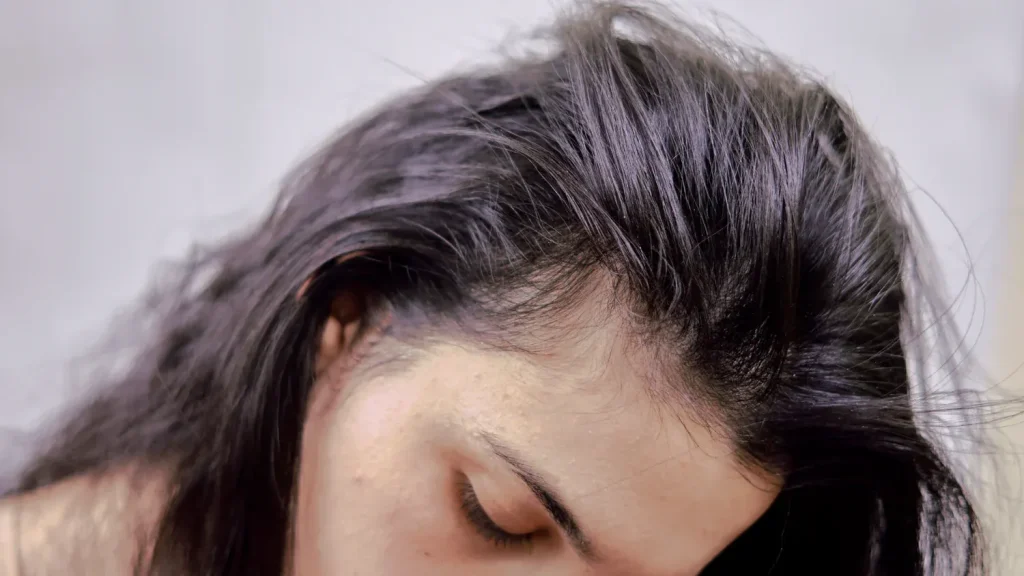
Stop tweezing completely for fully growing out your brows.
Leaving your brows alone ensures that new hair will naturally fill in closer to the brow line. Depending on the health of your eyebrow follicles, it may take 3-4 months to see your fullest growth potential.
So, never pluck the new growth in the arch itself. Remember, too much over-plucking can damage hair follicles, affect hair regrowth, and even lead to permanent hair loss.
If you are too annoyed by those pesky stray hairs, go for trimming rather than plucking, sparing those hairs that might actually be doing their job of filling in your brow!
Maintain Proper Brow Hygiene.
You’re unlikely to forget to remove facial makeup at the end of the day. But let’s admit it: the eyebrow area is often neglected. While waiting for your eyebrows to pad out, you may use pencils or powders to fill in sparse brows. Without proper cleansing, these products can accumulate, combining with dirt and pollutants, leading to clogged pores, breakouts, and even potential stunted eyebrow growth.
- https://jamanetwork.com/journals/jamafacialplasticsurgery/article-abstract/479726 ↩︎
- https://pubmed.ncbi.nlm.nih.gov/35816075/ ↩︎
- https://www.sciencedirect.com/science/article/pii/S1756464624001269 ↩︎
- https://www.medicalnewstoday.com/articles/minoxidil ↩︎
- https://www.ncbi.nlm.nih.gov/pmc/articles/PMC10514173/ ↩︎
- https://pubmed.ncbi.nlm.nih.gov/24471459/ ↩︎
